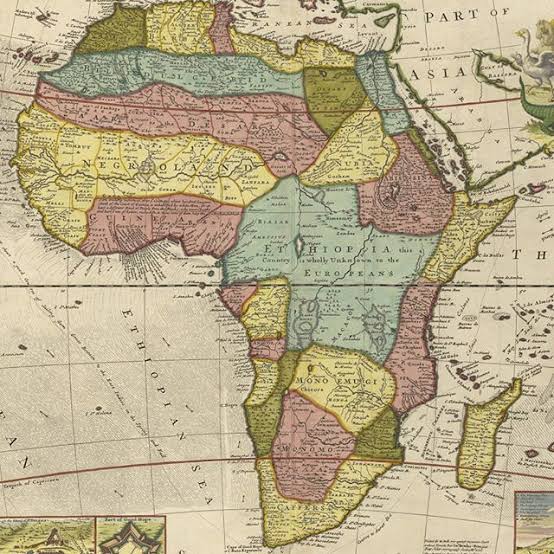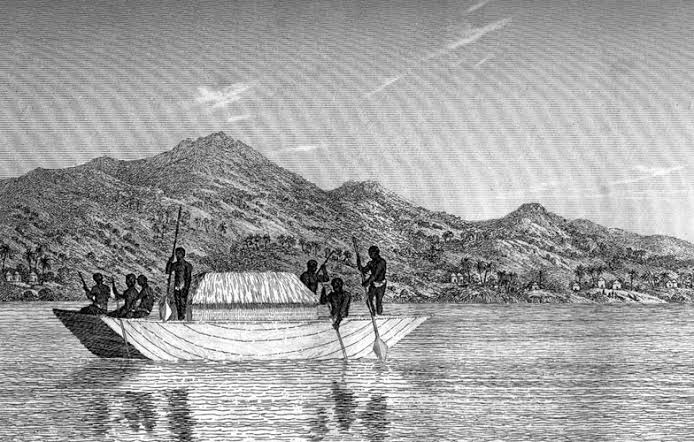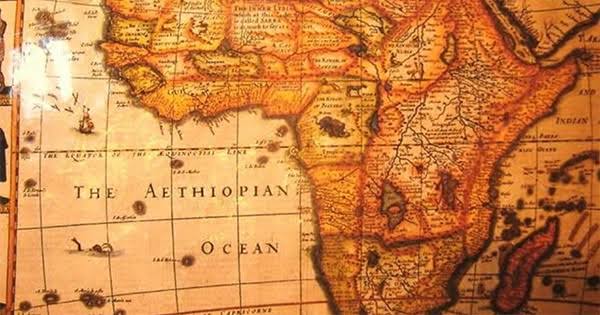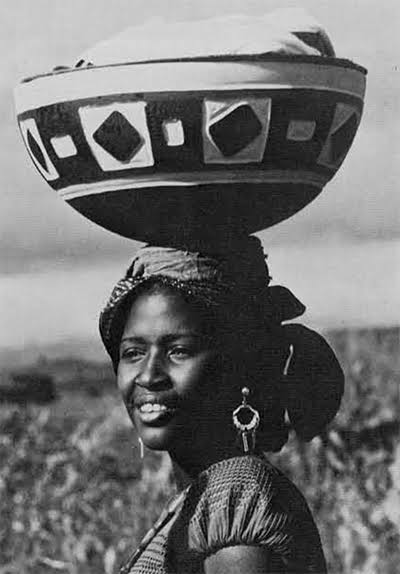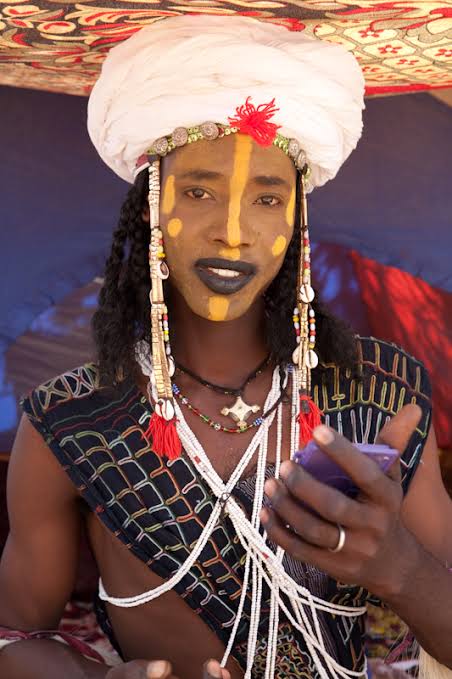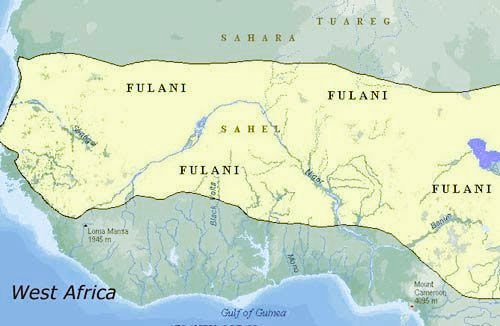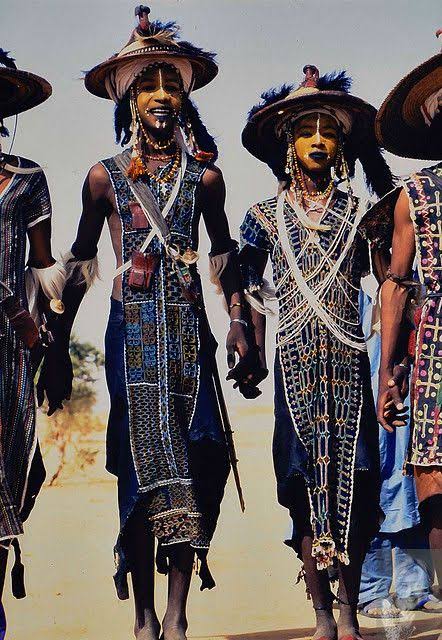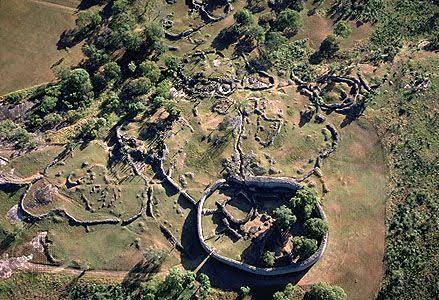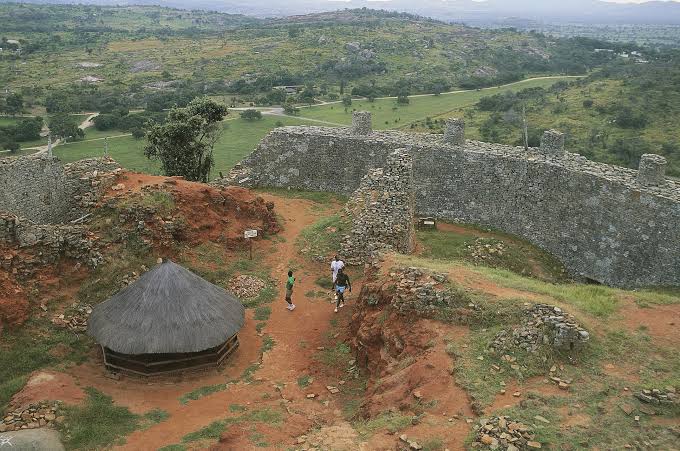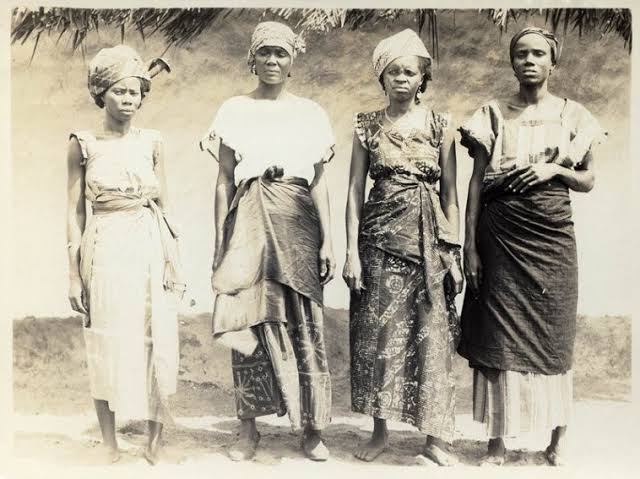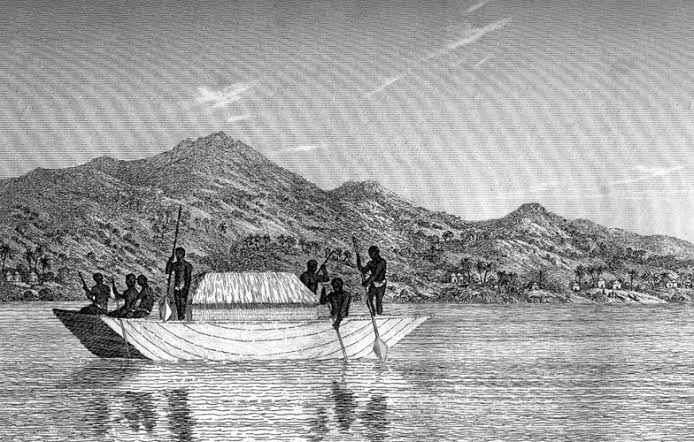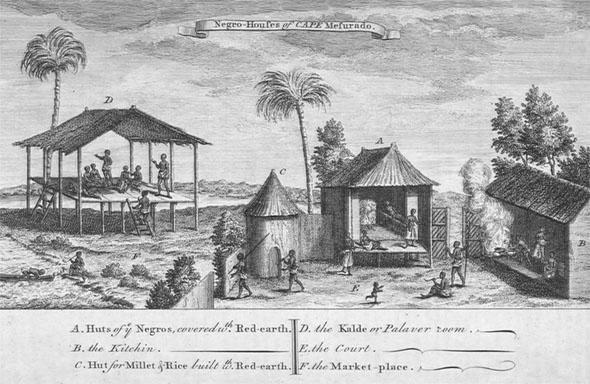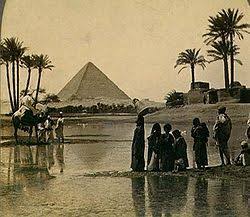
By the year A.D. 1300, “the Yoruba people built numerous walled cities surrounded by farms”. The cities were Owu, Oyo, Ijebu, Ijesa, Ketu, Popo, Egba, Sabe, Dassa, Egbado, Igbomina, including the sixteen Ekiti principalities, Owo and Ondo. 







Ile-Ife became the sacred home to the Yoruba people. The city was established near the ninth century CE, and reached its artistic peak between 1200 and 1400 CE. Ife African civilization is well-known for its bronze sculptures, typically in a naturalistic style. 



Stone and terra cotta artwork was also common, and leaders were often depicted with large heads to indicate their power. Most of Ile-Ife Arts are being stolen and on display in most museums all over the world. 

Check my likes tweet to see more on Ancient African civilization and follow me to see my future post thanks. 

Unroll @threadreaderapp
• • •
Missing some Tweet in this thread? You can try to
force a refresh



